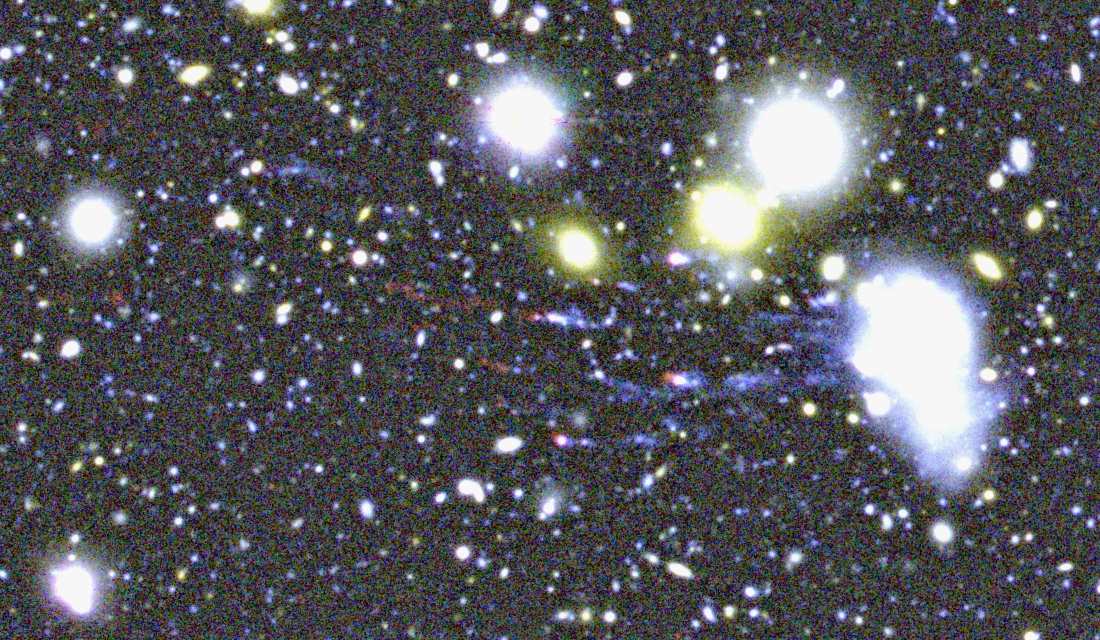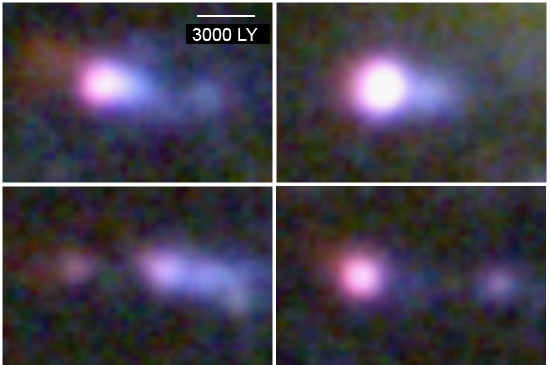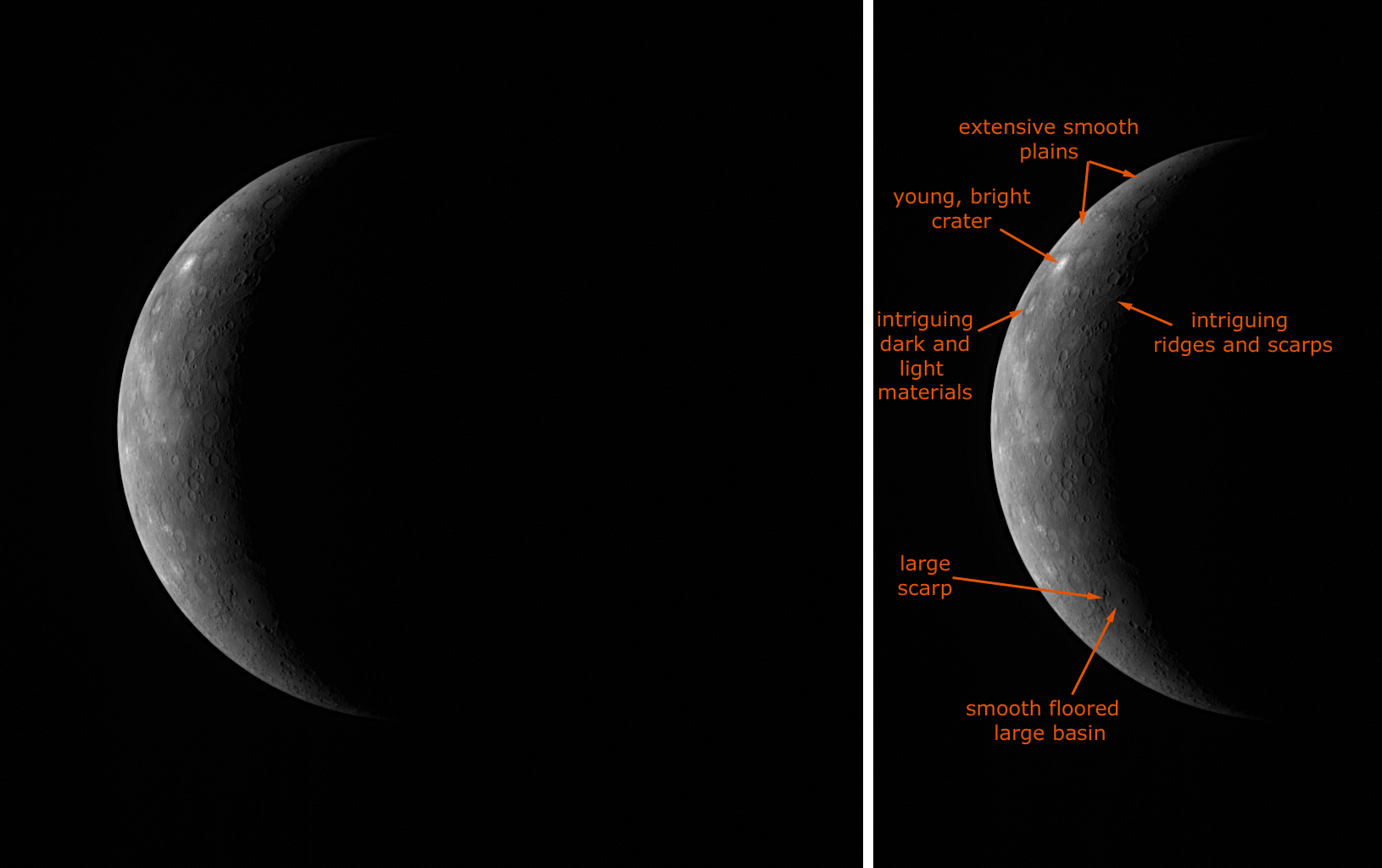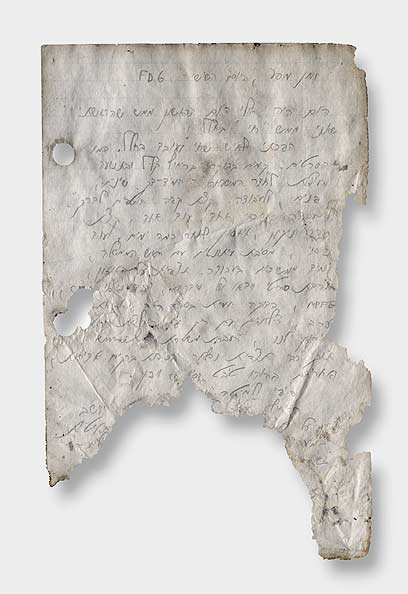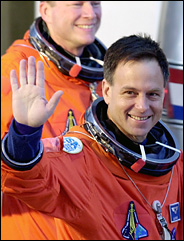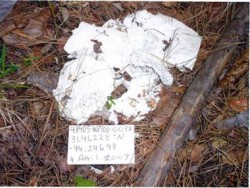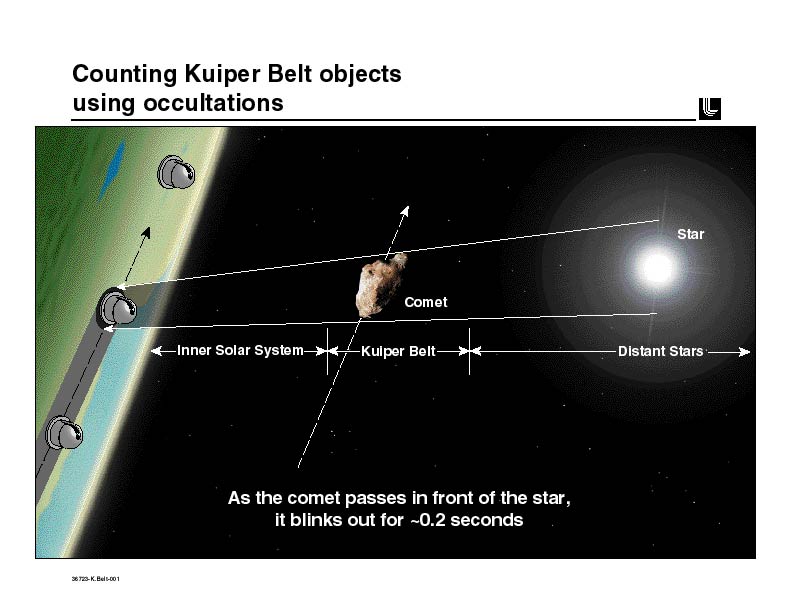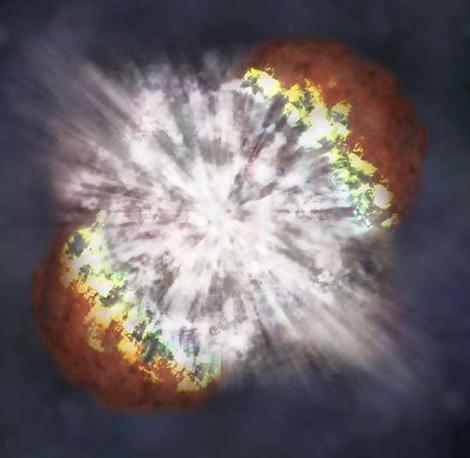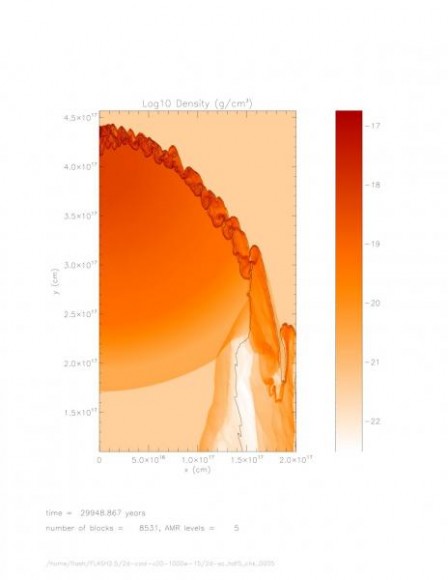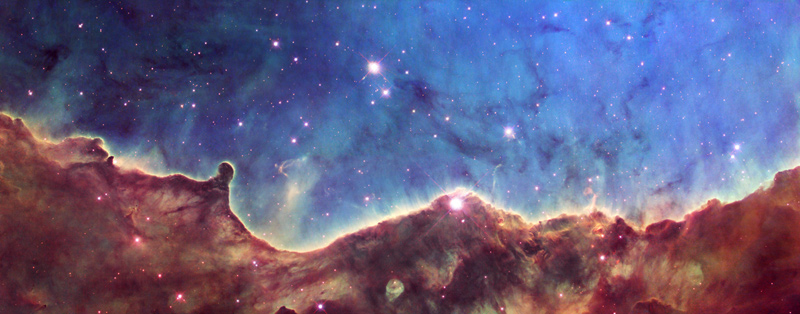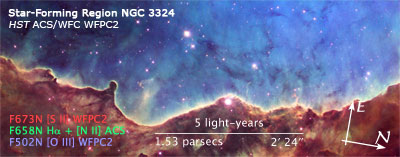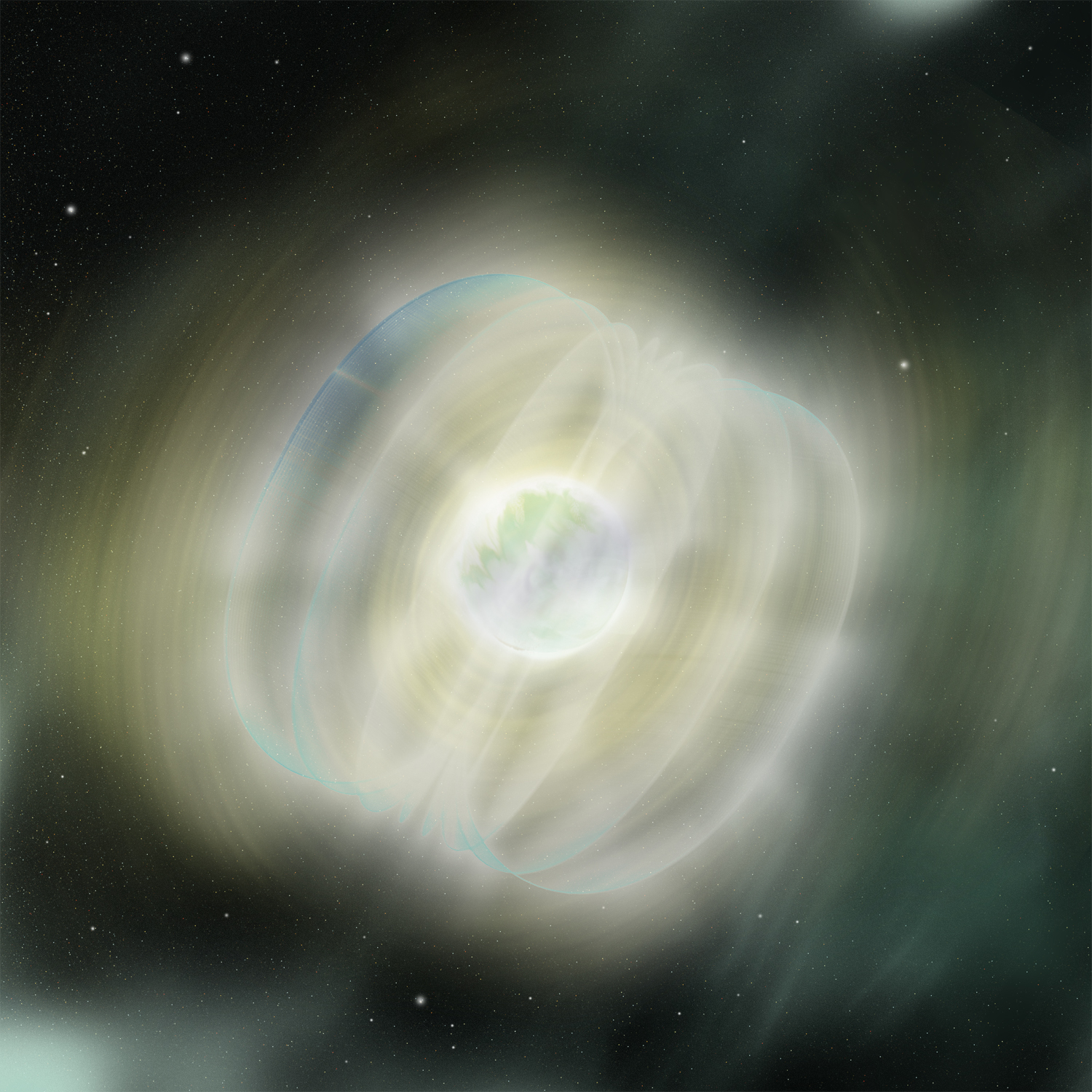Two scientists have cooked up a way to get water and oxygen from the moon. And to test their idea, they used a basic kitchen microwave oven. “This is exploration,” said Dr. Bill Kaukler of the University of Alabama in Huntsville’s Center for Materials Research. Kaukler and Dr. Ed Etheridge of Marshall Space Flight Center have proposed using microwaves to draw water from below the lunar surface. To do this, microwaves would be “shot” at the moon, likely from an orbiting spacecraft. But to test their theory, Kaukler and Etheridge didn’t build an elaborate test site. They just put a plate of simulated lunar regolith in a microwave oven and “nuked” it for a few minutes.
Kaukler said they were inspired by the results of 1994’s Clementine mission which uncovered the possible existence of ice within some of the craters at the moon’s poles. This discovery was confirmed in early 1998 by NASA’s lunar prospector. Scientists believe the ice was brought to the moon the same way water was brought to Earth – by comets crashing into the surface.
“If you estimate, there would be billions of tons of water,” Ethridge said.
The surface is covered by regolith, or silicate rock that is the lunar version of top soil. It’s about two meters deep “and where you have silicates, you have oxygen,” said Kaukler. “That makes it worthwhile to extract, and, one of the beauties of this is we don’t have to dig.”
Digging could stir up the fine, gritty dust. The microscopic particles then could adversely affect the astronauts’ spacesuits and their equipment, he said.
To get to the water, microwaves would be shot into the regolith, “thawing” the ice to about minus-50 degrees Celsius. Water vapor would be drawn to the surface by the moon’s vacuum environment. The water vapor is then collected on a plate as ice and scraped off to be used as water for the astronauts. The hydrogen and oxygen can also be separated through electrolysis to use as fuel for a trip to Mars.
In their Marshall lab, the scientists used a microwave oven, a vacuum, water and a simulant to regolith to verify their findings.
“We put some water in the simulant and placed it inside the microwave,” Kaukler said. “Then, we used the vacuum to replicate the lunar atmosphere.
“We were able to get about 95 percent of the water back in about two minutes.”
Other uses of microwaves would be to “melt” the lunar surface. The process would help create dust-free landing and launch sites as well as smoother floors for structures and roads for traveling without kicking up dust.
“For surface site preparation, the microwaves would melt the top layer, glazing it, so it’s not all dust,” Ethridge said. “It would create a cobblestone effect.”
So if the moon had water, oxygen and useable real estate, it might be a financially viable place to colonize.
“Since we’re planning to go to the moon and Mars, the idea is to save weight (on the flight) and to extract the materials the astronauts would need – oxygen and water,” said Kaukler. “There have been studies that showed (getting the water) to be economically viable,” he said. “It could be the first commercial venture.”
Source: Huntsville Alabama Times


